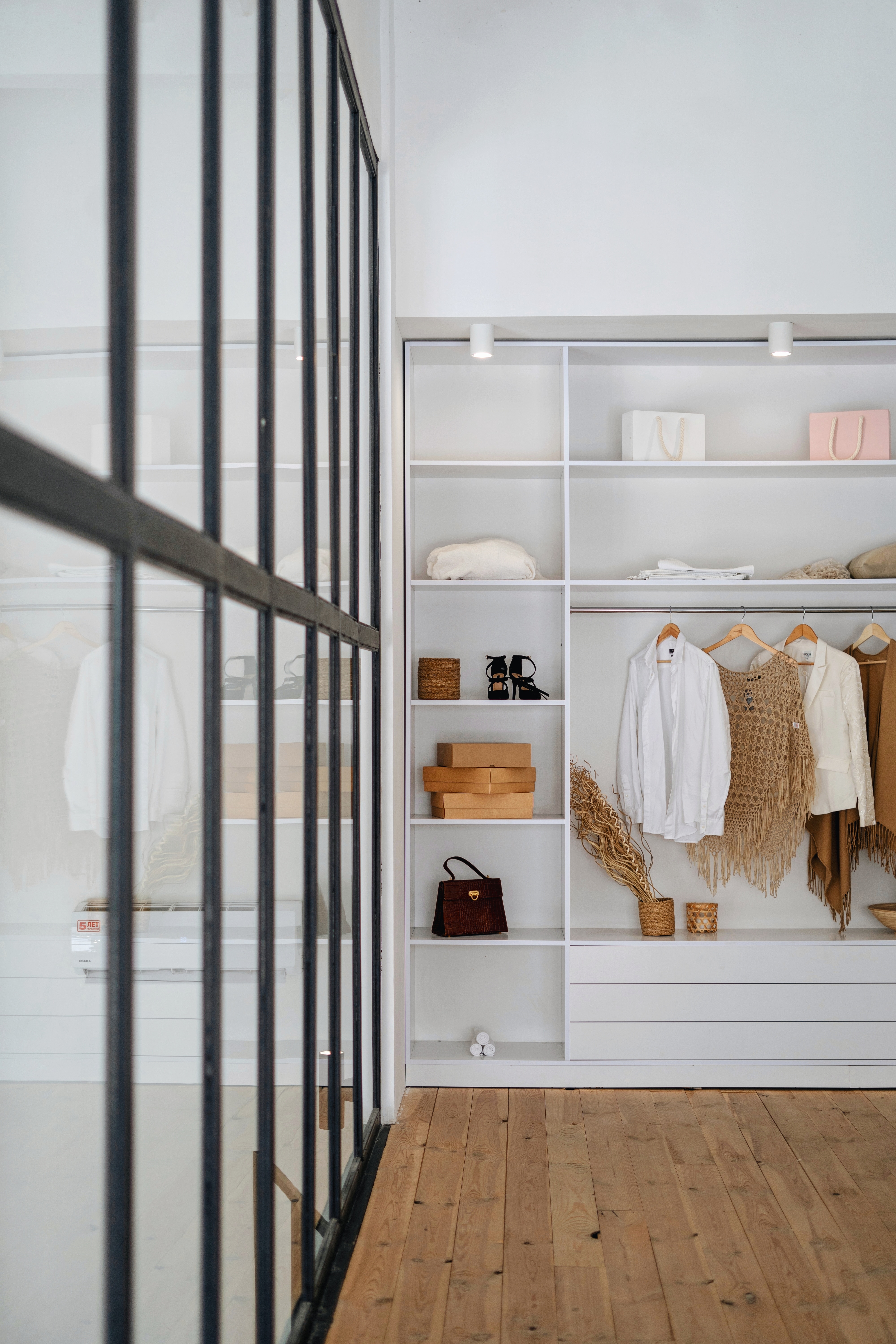Stuff. We all have it. We need some of it. Some of it we don’t need. Some stuff enriches life while some of it steals our time and money in its maintenance. Time is our greatest resource. We are limited in time. So why would give our greatest resource, time, to make money to buy stuff that just takes more of our greatest resource?
The generation that lived through the Depression knew the value of stuff because they often were without. The depression generation generally kept and valued everything. The next generation experienced affluence and felt that more and bigger was better. They worked hard to buy a big houses and fill those houses with items. It was seen as a symbol of success to the generation before them.
But the pendulum has now swung the other way and minimalism is the craze. Tiny houses are trendy. Less is more. What the generations before once labeled as success, is now viewed as unnecessary, wasteful and considered in some circles even environmentally irresponsible.
Instead of simply adopting one particular cultural view, we should look at your things with a healthy and balanced perspective. We should realize that it can either serve you or you serve it.
Today, I’d like to present you with a series of challenges. It won’t be easy. It will take a little time on the front end but will save time and energy in the long run, and be the first steps towards the great gift of contentment. The challenge is to minimize your stuff to maximize your life.
Challenge 1 – Big stuff. Ask yourself, what things in my house or what big things I own, take the most of my resources. Is there anything big that is sucking your resources of time and money? Do you have a house that is too large, or one that is falling apart despite caring for it? Do you own a boat or RV that requires too much time or money or is used very little? Do you pay large amounts of insurance or taxes on items you rarely use? Would moving to a different house, a condo or an apartment be wise? Consider selling larger objects. Write the names of these things down and brainstorm how to sell them.
Challenge 2 – Clothes. Next, take a look at your clothes. Clothes are essential but we often have more than we need. Find an area where you are able to make piles of clothes. Create 4 piles: a never use pile, a rarely used pile, a regularly used pile and a donate pile.
Purchase 1 or 2 (max) large Tupperware storage bins. One bin is for the opposite season the second is for less often used clothes.
Once you’ve sorted your clothes, begin with the regularly used pile. Ask yourself, “If I could only choose 5-7 sets of clothes to wear on a daily basis, what would I choose?” These are your core clothes. Place these items on hangers and put them back into your closet. You should be able to grab any of these clothes to wear and be comfortable with them. The goal is that these core clothes would remove the decision making process that we go through each day by being both our favorites and by only having a limited selection to rotate through.
Now consider the rest of the clothes in the regularly used pile. Are there any that you don’t really like? Any that don’t fit well? Any that you are uncomfortable wearing? Then place these into the donate pile. Any final clothes that are kept should be able to fit into one of the purchased Tupperware bins.
Next look at the rarely used pile. Is there anything that you need to keep? Maybe something like a tux/suit or favorite dress for those random or infrequent occasions. Place this item with the hanging clothes. Look at the rest of the items in the pile. If you haven’t used it in the past year place it into the donate pile. Do the same with the never used pile.
Grab some large trash bags and place all of the donate clothes into the bags. Take these clothes to the local Salvation Army or thrift store, give to people that you know are in need or can be left on your porch and you can call for a scheduled donation pick up. The clothes that once filled your closet but were never used can now bless others who don’t have enough clothes.
The final Tupperware bin is for those clothes that will be used regularly but are currently the opposite season. For example, bathing suits, or coats.
Another time saving clothing tactic is to simplify your laundry and folding. Consider purchasing 7-14 pair of the same socks. Those socks can be dropped into the sock drawer without needing to spend the time matching. Consider other ways you can save time,
Now you’re on your way to freeing yourself from the bondage stuff. Through some organization and new skills you are freeing yourself to live an unfettered life. But this is just the start. What other areas of material bondage do you need freedom from?




